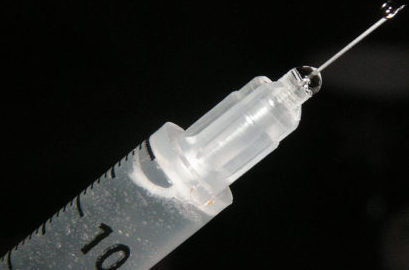Stem Cells Could Help Restore Testosterone

Testosterone is often considered the hormone that defines masculinity, and men who lack enough testosterone encounter unwanted health problems such as muscle loss, sexual dysfunction, and fatigue. This condition is formally known as male hypogonadism, and until now the only treatments available have involved hormone replacement therapy with questionable side effects. With a third of the elderly male populations struggling from male hypogonadism, scientists are now working to develop a stem cell treatment to resolve the root cause of this condition and help men embrace their masculinity once again.
An Overview of Male Hypogonadism and Testosterone
While it’s possible to be born with male hypogonadism, the majority of instances occur in men as they become older adults and their bodies produce less testosterone than in the past. Since testosterone is the key hormone for sexual, cognitive, and physical growth and development, abnormally low levels of testosterone caused by problems in the testicles, pituitary gland, or hypothalamus can wreak havoc on the body.
Men diagnosed with male hypogonadism usually show signs of erectile dysfunction, infertility, decrease in hair growth, reduced muscle mass, and potentially the development of breast tissue. Many mental and emotional changes can accompany this condition, like lack of focus, decreased libido, and fatigue. Since hormone replacement therapy places men at risk of deep vein thrombosis and other health problems, the healthcare community has been seeking a safer and more efficient solution to testosterone problems, and stem cells have provided the answer.
Harnessing Stem Cells to Battle Hypogonadism
Yadong Huang of Jinan University in China recently led a team of researchers to explore a way to create Leydig-like cells using cell reprogramming. Leydig cells are found in the testicles, and they are responsible for producing androgens, which are biosynthesized into testosterone. If stem cells can be utilized to create Leydig cells, the body can begin to produce its own testosterone once again. Huang and his team tested their direct cell reprogramming technique on male rodents impacted by hypogonadism and found the process to successfully reprogram mouse skin cells into functioning Leydig cells that produce testosterone. Once the Leydig cells were transplanted into the testes of the testosterone-deficient rodents, the cells restored testosterone levels back to normal.
Huang’s success has major implications for the potential of stem cell therapy to offer an alternative to androgen replacement therapy. In his own words, “Our study is the first to report a method for generating Leydig cells by means of direct cell reprogramming. This alternative source of Leydig cells will be of great significance for basic research and provides the attractive prospect of clinical application in the field of regenerative medicine.”
Image credit: Wikimedia


